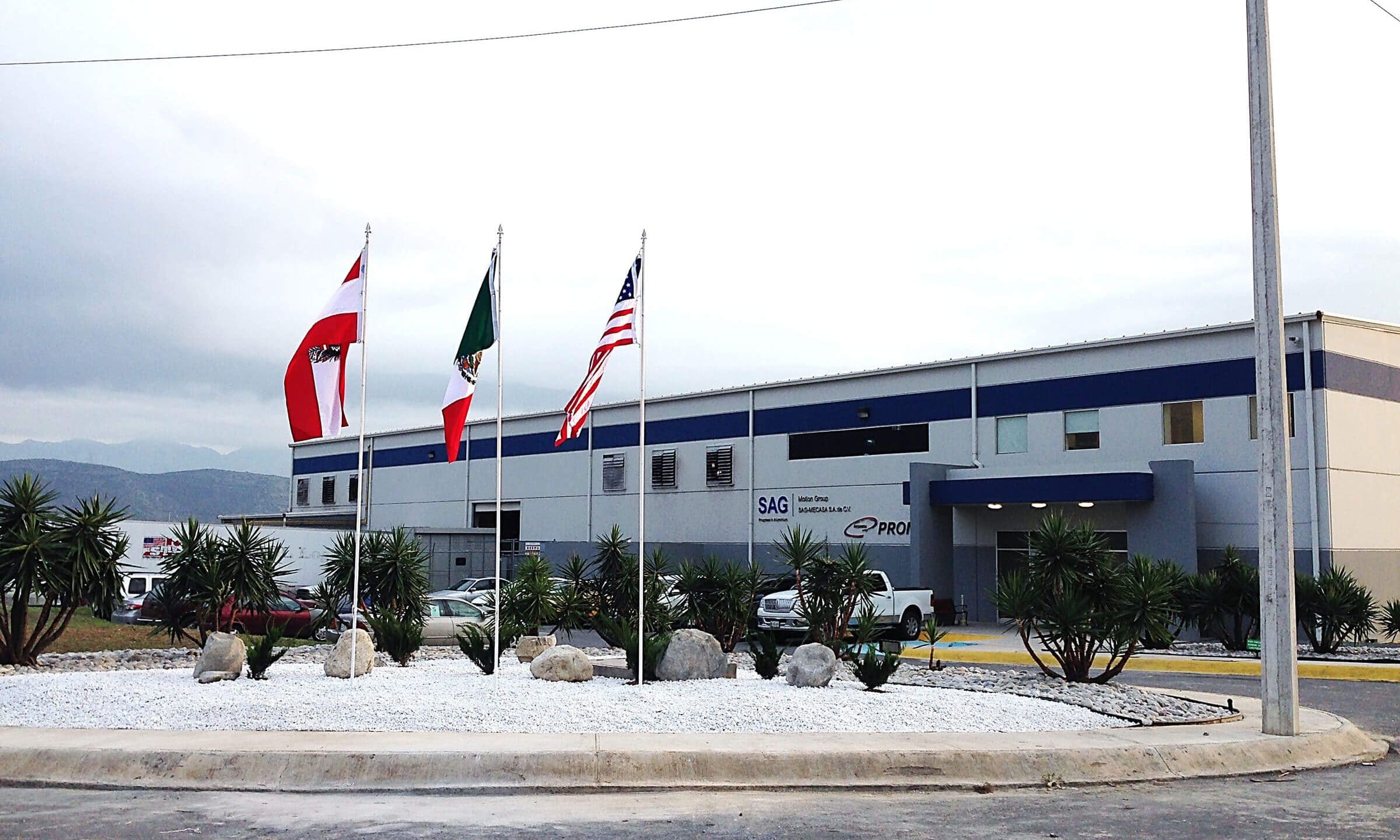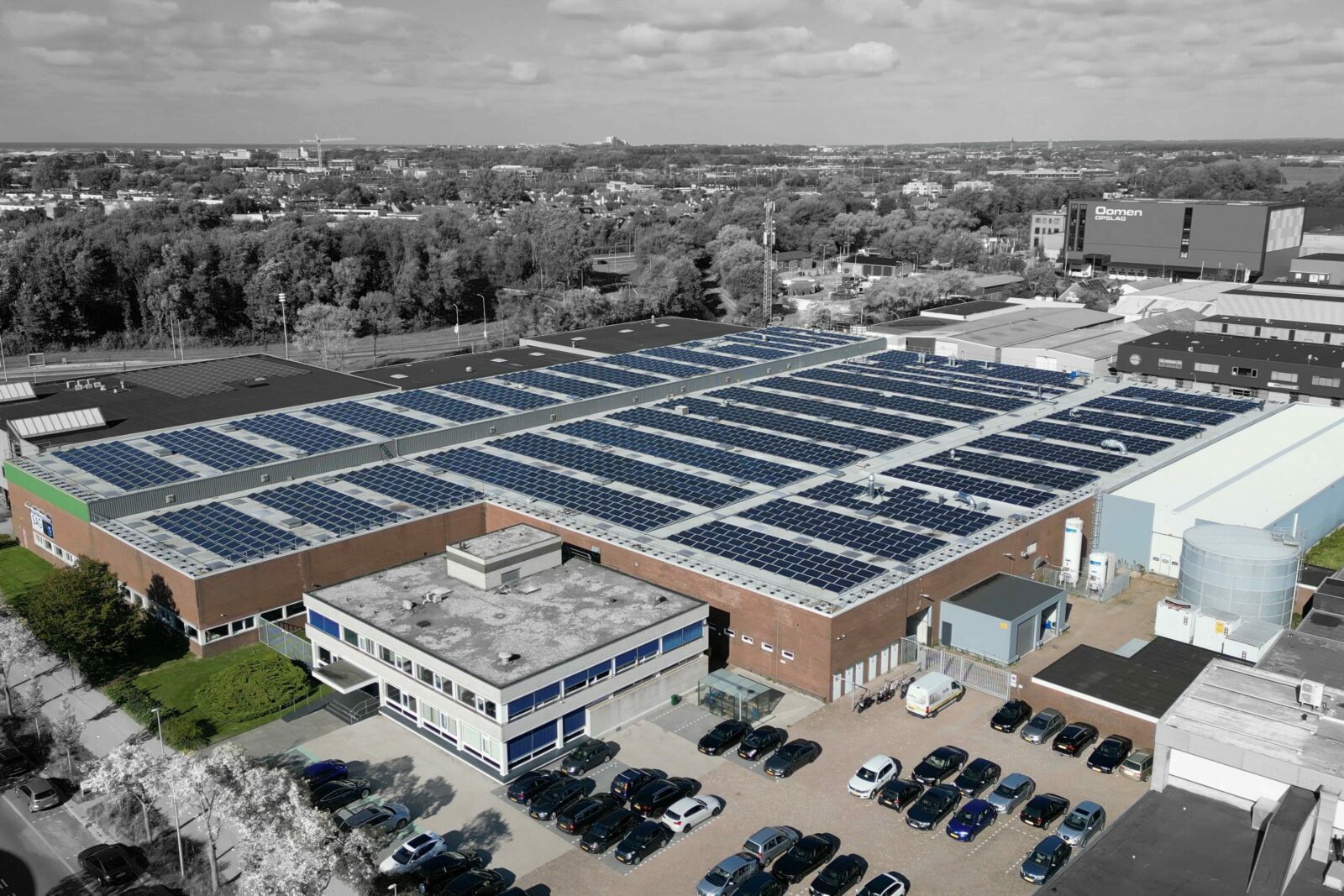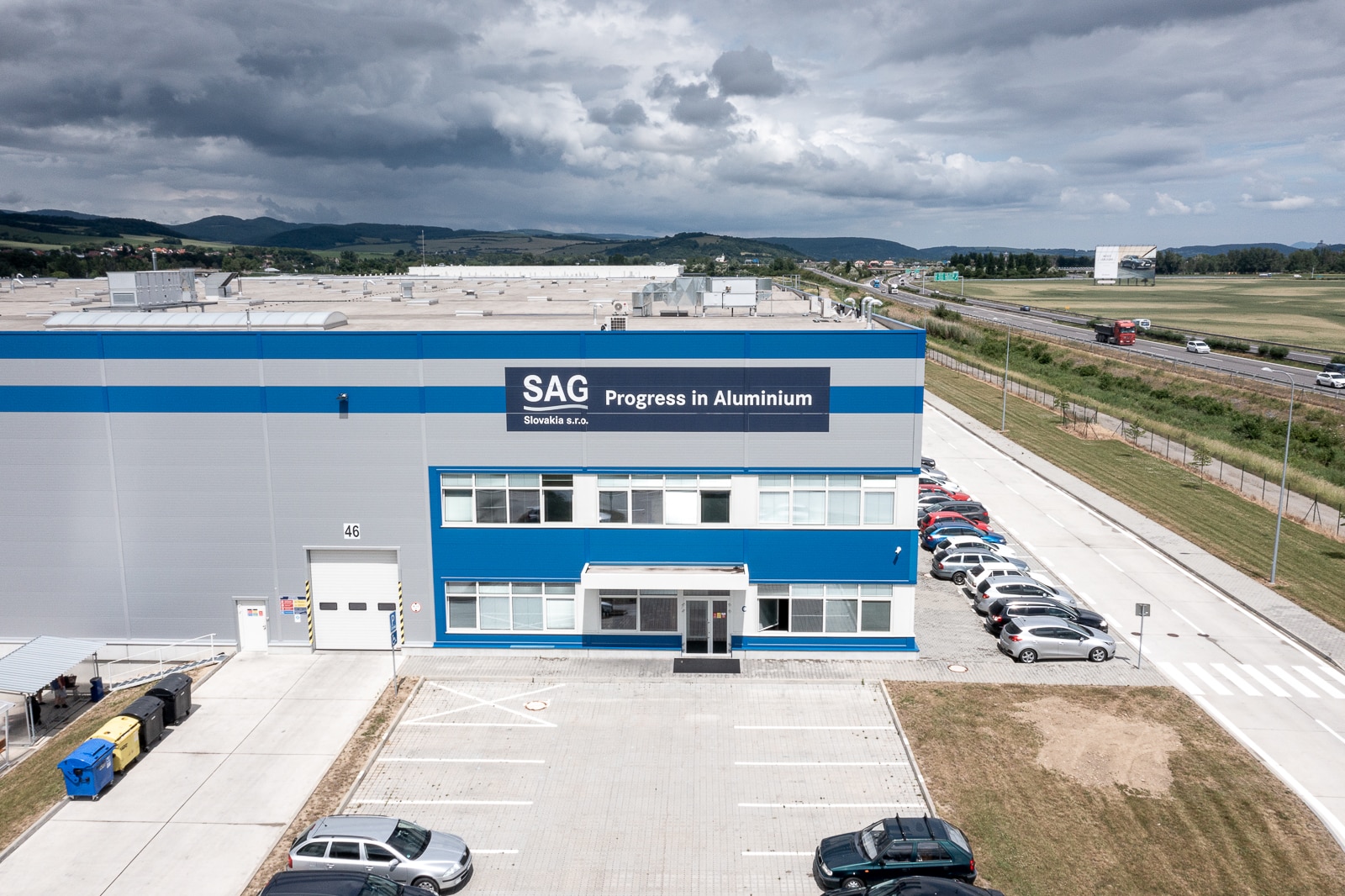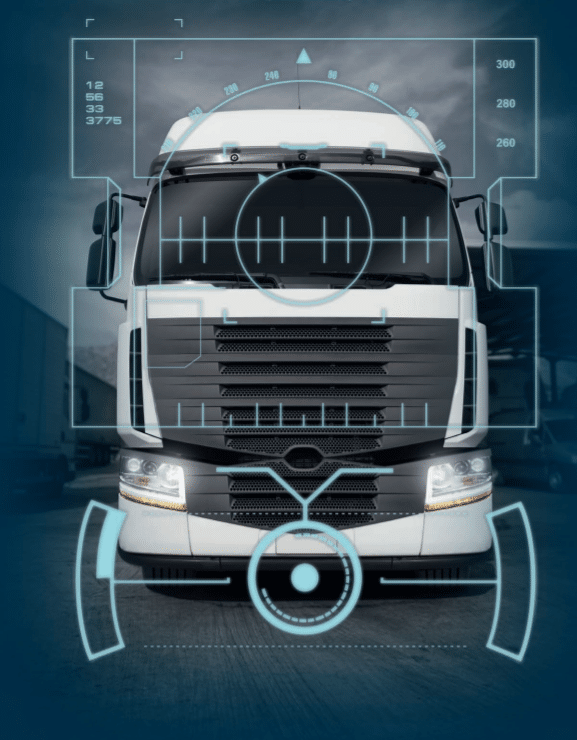
(15 april 2020). Interview met DI Dr. Georg Pachta-Reyhofen, expert in de vrachtwagenindustrie, voormalig CEO van MAN SE en nu lid van de Raad van Commissarissen van de SAG Group
Welke ontwikkeling ziet u met betrekking tot alternatieve aandrijfsystemen in de bedrijfswagenindustrie?
Georg Pachta-Reyhofen (GPR), voormalig CEO van MAN SE: De verwachte strengere EU-brede CO2-richtlijnen en de preferentiële fiscale behandeling van e-mobiliteit zullen de druk op de ontwikkeling van CO2-neutrale aandrijfsystemen voor bedrijfsvoertuigen doen toenemen. Dit is een onderwerp dat ik genuanceerd benader, omdat de batterijproductie voor elektromotoren extreem energie-intensief is. Pas na zo'n 100.000 kilometer rijden is de CO2-uitstoot van een middenklasser met een moderne dieselmotor hoger dan de CO2-uitstoot die vrijkomt bij de productie van batterijen. De CO2-balans houdt ook rekening met de elektriciteit die tijdens het gebruik wordt opgewekt. Wat betreft de haalbare energiedichtheid is het gewicht van de batterijen die momenteel worden gebruikt relatief hoog - chemische opslag van energie is veel efficiënter. Daarom zie ik de toekomst van e-mobiliteit meer in stedelijke gebieden, waar een kortere actieradius geen probleem is. In het lokale vervoer voorzie ik ook een toenemend gebruik van vrachtwagens en bussen op LNG of CNG.
Welke rol zullen andere alternatieve brandstoftypen spelen?
GPR: Vooral in Azië en Europa is de ontwikkeling van alternatieve aandrijfsystemen en brandstoffen al in volle gang. Ik ben ervan overtuigd dat waterstof een centrale rol zal spelen in het langeafstandsvervoer. Het strategische belang van waterstof als brandstof blijkt ook uit het feit dat landen als Japan, China, Zuid-Korea, Duitsland, Zwitserland en een supranationale EU alliantie hun onderzoek richten op H2. Het fantastische aan waterstof is dat het absoluut CO2-neutraal kan worden geproduceerd uit water via elektrolyse - met behulp van elektriciteit uit hernieuwbare energiebronnen. Wanneer H2 wordt verbrand, wordt er weer waterdamp geproduceerd in een milieuvriendelijke cyclus. Zuivere waterstof kan worden samengeperst of vloeibaar gemaakt en worden gebruikt als brandstof voor verbrandingsmotoren en brandstofcellen. Bovendien is het mogelijk om waterstof om te zetten in methaan in een methanisatiereactor met behulp van CO2 (bijv. uit de lucht of uitlaatlucht van energiecentrales). Het voordeel van methaan - d.w.z. synthetisch aardgas - is, naast de grotere reikwijdte, dat bestaande infrastructuur zoals aardgascavernes en pijpleidingen kunnen worden gebruikt voor opslag en transport. In een volgende stap kan het synthetisch geproduceerde methaan ook worden omgezet in een synthetische vloeibare brandstof (zogenaamde "e-fuels"), waardoor voertuigen een nog grotere actieradius kunnen hebben met behoud van de huidige verbrandingsmotor. Technisch gezien is dit alles vandaag al gerealiseerd, maar het zal nog lang duren voordat de concepten concurrerend en geïmplementeerd zijn. Ik verwacht dat de technologieën die ik heb genoemd pas in 2030 ingeburgerd zullen zijn naast elektrische batterijoplossingen. Het zal dan waarschijnlijk nog 10 jaar duren voordat er een landelijke H2-infrastructuur met tankstations is.
Sleutelwoord digitalisering: Welke gevolgen heeft dit voor het vrachtwagenverkeer?
GPR: Digitalisering brengt grote kansen met zich mee om de veiligheid en efficiëntie in het vrachtwagenverkeer te verbeteren door real-time communicatie tussen voertuigen, controlecentra en vervoerders. Een voorwaarde voor goed functionerende connectiviteit is echter de uitbreiding van het 5G-netwerk en een verbetering van de sensortechnologie en computerprestaties van boordsystemen. Dit is ook essentieel voor de verdere ontwikkeling van elektronische veiligheidssystemen zoals vermoeidheidsassistenten, elektronische stabiliteitsprogramma's, draai- en noodremassistenten. Deze functies zijn voorstadia voor de ontwikkeling van autonoom rijden, wat erg interessant is voor de vrachtwagensector. Met platooning, bijvoorbeeld, kunnen bestuurdersloze voertuigen elektronisch aan elkaar gekoppeld worden met korte tussenpozen en zo met minder luchtweerstand rijden. Dit bespaart op personeels- en brandstofkosten en maakt het theoretisch mogelijk om de trucks 24 uur per dag te laten rijden. Elektronische systemen kunnen ook worden gebruikt om de laadcapaciteit continu te controleren en aan te passen, technische controles volledig automatisch uit te voeren en reparaties tijdig aan te kondigen. Het zal echter nog jaren duren voordat volledig autonoom rijden deel uitmaakt van ons dagelijks leven. Er moeten nog een aantal technische en wettelijke hindernissen worden genomen en de technische implementatie van de zogenaamde "last mile" met autonome vrachtwagens is nog niet opgelost.
Sinds begin dit jaar maakt u deel uit van de Raad van Commissarissen van SAG. Hoe zal uw jarenlange knowhow als manager in de bedrijfswagensector bijdragen aan SAG?
GPR: Vanuit mijn meer dan 30 jaar bij MAN, vele jaren als hoofd ontwikkeling van Commercial Vehicles en als CEO van de groep, heb ik een grondige kennis van de markt en alle relevante onderwerpen in de industrie vanuit het standpunt van de fabrikant. En vanuit mijn tijd bij MAN ken ik SAG vanuit het oogpunt van de klant. Ik wil graag al mijn ervaring inbrengen in het bedrijf binnen het kader van mijn mandaat. SAG scoort hoge punten met klantgerichtheid en flexibiliteit en heeft zich gevestigd als een betrouwbare sparringpartner bij de ontwikkeling van intelligente oplossingen bij OEM's. Ik voorzie een lange toekomst voor de dieseltank als hoofdproduct van SAG. Het is ook bij uitstek geschikt voor gebruik met synthetische brandstoffen, die op de lange termijn fossiele diesel in vrachtwagens zullen vervangen. Bovendien heeft SAG zich zeer goed gevestigd als technologieleider met haar ontwikkelingen op het gebied van cryotanktechnologie en rheocasting. In het algemeen: Lichtgewicht is een enorm onderwerp en aluminium wordt op veel gebieden steeds belangrijker. Zeer goede voortekenen dus voor SAG om optimaal uitgerust te zijn voor de komende uitdagingen.
Meer informatie over de SAG Groep: www.sag.at
Deel dit artikel
Nieuws
Dit vind je misschien ook leuk
Blijf op de hoogte van de laatste ontwikkelingen bij SAG. Van baanbrekende innovaties tot inzichten en mijlpalen, onze nieuwssectie houdt u op de hoogte. Bekijk onze laatste updates en zie hoe we de toekomst vormgeven.
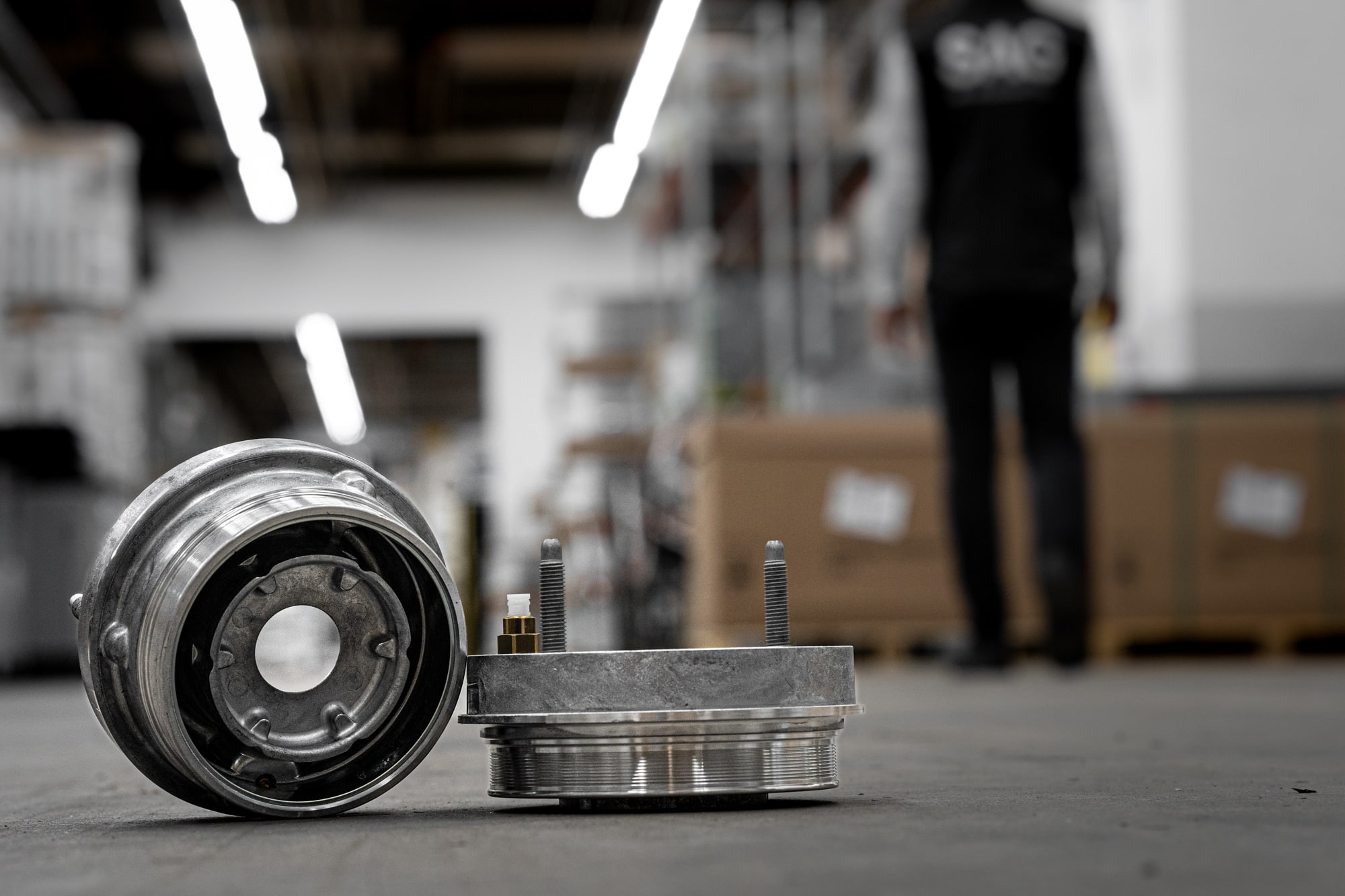
Groeimarkt in zicht: SAG Group wil cryogene tanks en lichtgewicht componenten gaan produceren in India
De SAG Groep, een internationale producent van aluminium tanks en lichtgewicht componenten en pionier op het gebied van cryogene tanktechnologie voor commerciële voertuigen, bereidt zich voor op uitbreiding naar India. De kern van de plannen is een strategisch partnerschap met een Indiaas productiebedrijf in de staat Maharashtra. Het plan [...]
Artikel lezen
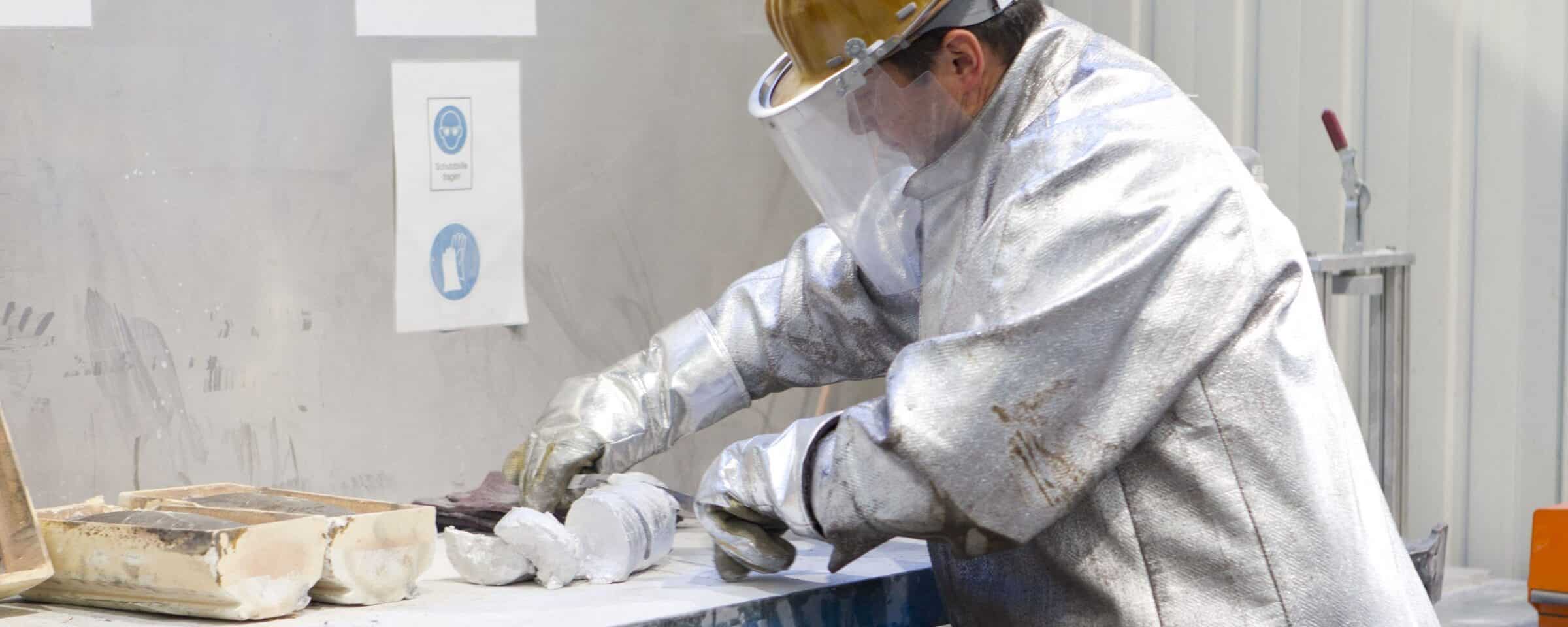
Investering in innovatie: SAG Groep richt R&D centrum op voor revisiegieten
De SAG Groep zal in de komende maanden een onderzoeks- en testcentrum voor Reocasting-technologie bouwen op haar oprichtingslocatie in Lend/Salzburg. Het ontwikkelingscentrum, waarvan de bouw gepland staat voor januari 2025, zal testfaciliteiten, een laboratorium en kantoorwerkplekken omvatten. Uitgebreide tests en onderzoek zullen mogelijk zijn om het spuitgieten verder te perfectioneren [...]
Artikel lezen
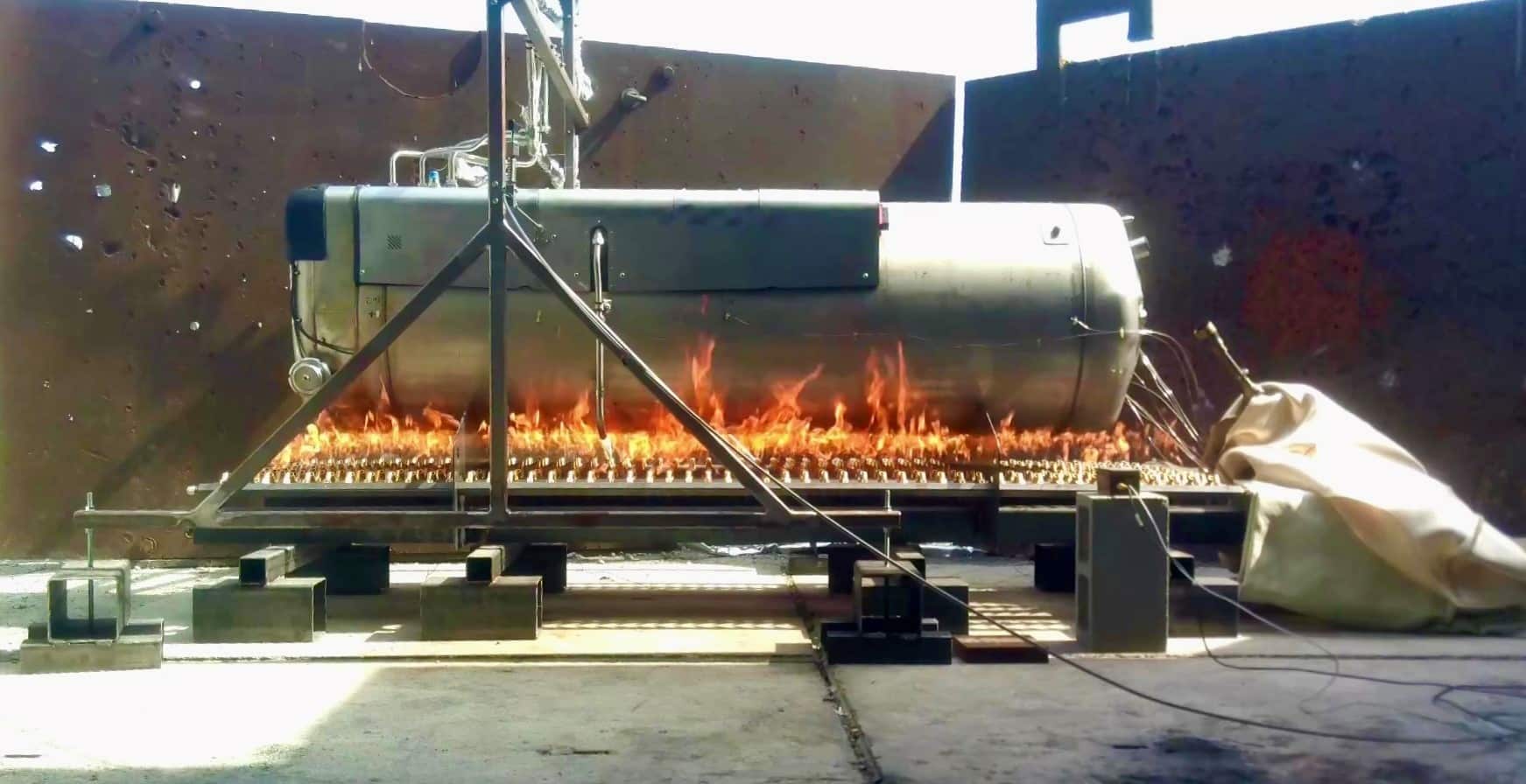
Brandtest bevestigt veiligheid van het SAG LH2-tanksysteem, zelfs in extreme omstandigheden
Het door SAG ontwikkelde vloeibare waterstoftanksysteem voor vrachtwagens heeft een beslissende mijlpaal bereikt op weg naar goedkeuring voor het wegverkeer: de succesvolle afronding van de zogenaamde Bonfire-test. Deze speciale brandveiligheidstest is een verplichte test voor het verkrijgen van typegoedkeuring van de Bundesanstalt für Automobilwesen om de [...]
Artikel lezen

SAG

